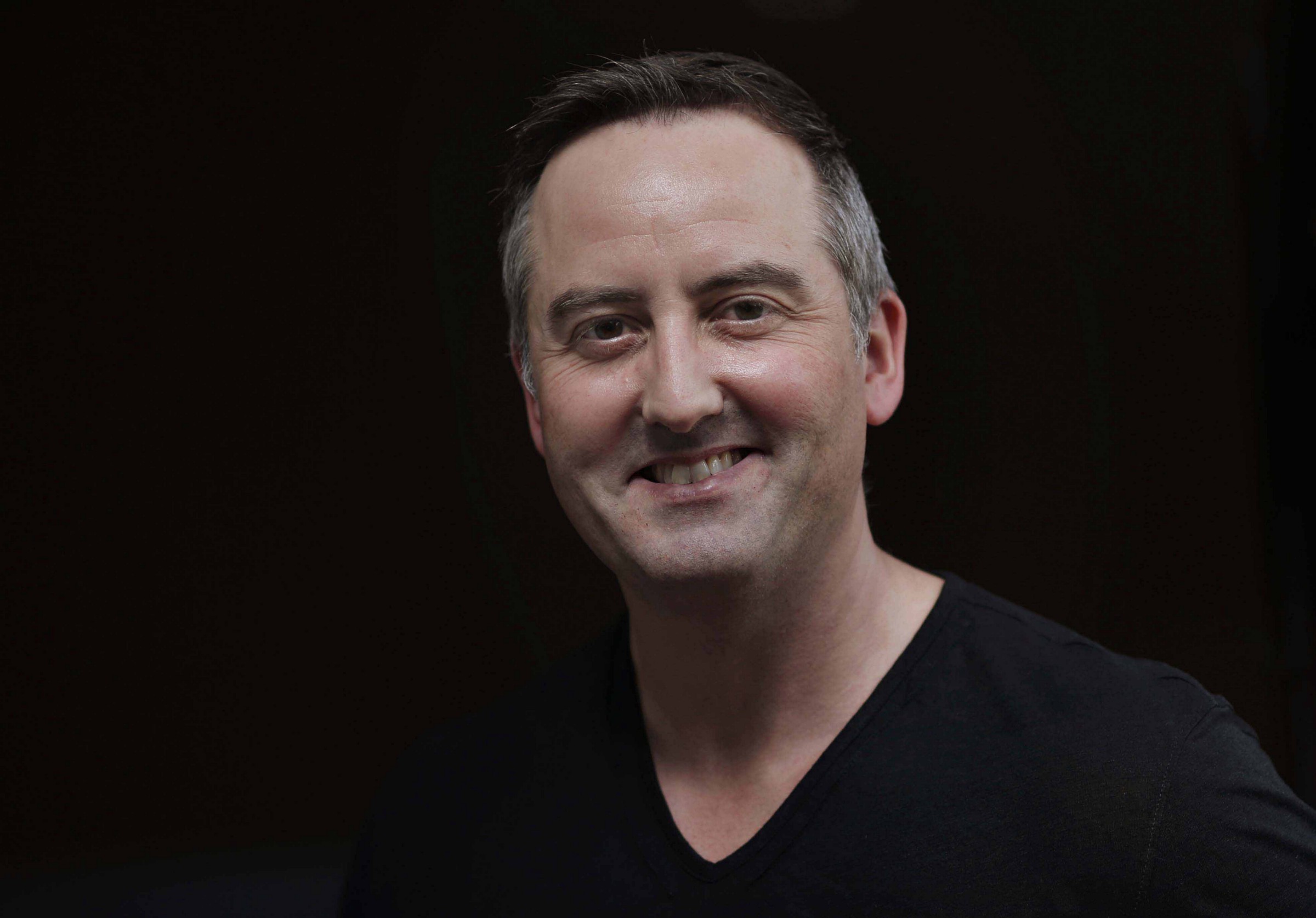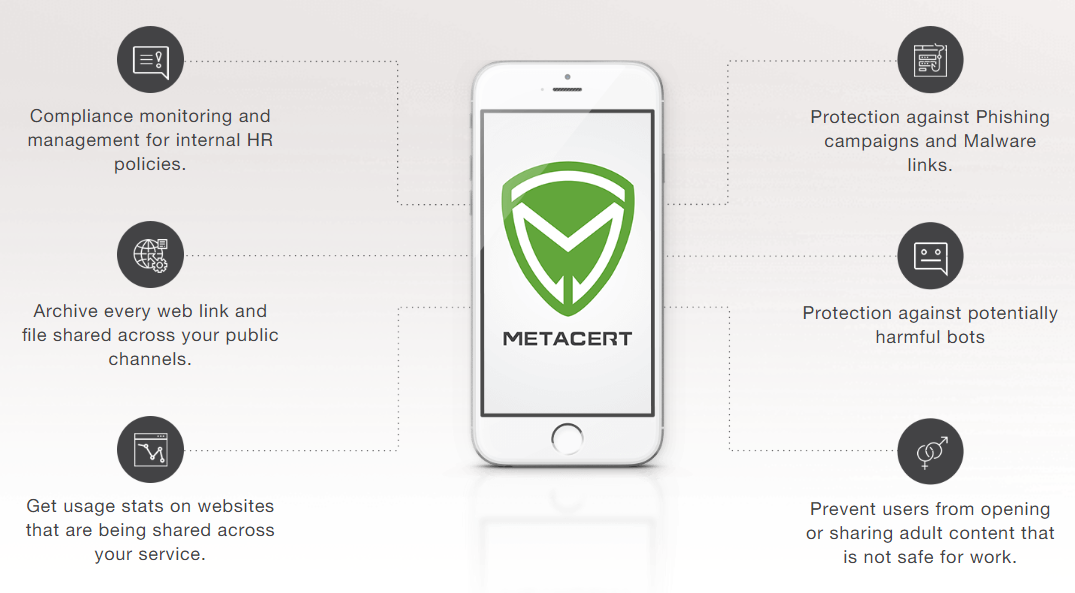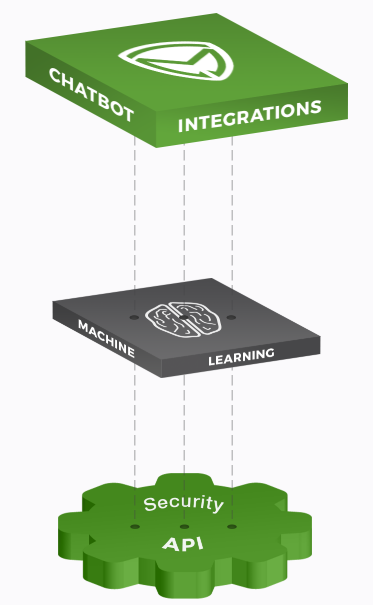On this LAB Radio, episode Aaron Mangal and Chris Groshong talk security, the Internet and origin story of how MetaCert built the biggest Cyber Threat Intelligence Database and helps protect users from malicious links with CEO and founder, Paul Walsh.

Paul Walsh, CEO and founder of MetaCert and co-founder of W3C Mobile Web Initiative
Paul is an early web pioneer in security and safety for users having helped create projects like the W3C Mobile Web Initiative who’s mission includes “ensuring that the Web be available on as many kind of devices as possible”. He also helped create standards and classifications for Uniform Resource Locations (URLs) as a part of his work at the W3C organization.
“I’m CEO of MetaCert. In 2017 we completely eradicated phishing on Slack for the crypto world. In 2018 we pretty much brought a stop to phishing for the crypto world on Telegram. 2019 is going to be our most important year – our mission is to eradicate phishing for everyone who uses our new email security solution for native mobile email.
Previously…
I was part of the team that helped to launch technologies such as AIM, Internet Radio, Online Games and X2 56K Modem Protocol while working at AOL during the 90’s.
I co-instigated the creation of the W3C Standard for URL Classification/Content Labeling and I’m one of the seven original Founders of the W3C Mobile Web Initiative. I also own a full patent for Malware and Phishing detection and prevention inside a mobile app WebView with more pending.
I own an Indian restaurant in Ireland – Michelin Star for 10+ years.
[I am a] Irish. Father. Wine Drinker. Advanced Open Water Diver, Snowboarder, Skydiver Wannabe and Seasoned Traveller.”
-Paul Walsh
This new broad access of the web we are seeing today has brought new challenges such as malicious individuals who seek to steal peoples data and even worse Cryptocurrency and the value within.
The MetaCert team began by providing authenticity and monitoring of social media channels like Telegram and Slack which has a wave of malicious bot attacks on users, encouraging them to click on compromised links and put their sensitive data into fake websites which ultimately leads to theft.

MetaCert aims to protect businesses from malicious threats and unsafe URLs inside Messaging Apps
MetaCert has a patented enterprise-grade security API which can lookup over 2,000 shortening services and check it against a massive database of 10 billion classified URLs across 65 categories in a fraction of a second.

MetaCert boasts the biggest threat intelligence system on the planet. The second to them is OpenDNS (run by Cisco) which has classified 2 million domains across 60 categories.
One of the reasons for building its own threat intelligence system was to prevent false positives (which is a problem with current solutions on the market automatically blocking too many innocent sites).
MetaCert recently released a beta of their email security solution which helps verify the safety of links:

After listening to this episode you will learn:
- How Paul was an early semantic web pioneer in the 90s and created the W3C Mobile Web Initiative
- Why Paul felt websites and search engines should show more metadata and have an identity certificate
- What a Universal Resource Identifier (URI) is and why they are important
- How Webview works and was a vulnerability in our mobile use of the Web
- Why they got a patent in place for security around Webview to protect themselves from tech giants like Google
- Why the first iteration of MetaCert was for child safety and built a database for pornographic content
- How MetaCert saw the opportunity to organize and classify URIs and created the biggest Cyber Threat Intelligence Database to date
- How the MetaCert API works
- How MetaCert leverages a reward system for compensating people (Validators) for helping identify and log links
- Why the MetaCert “Green Shield” icon has become a pillar in their branding and marketing to the public
- Paul’s vision for decentralizing governance around content, link filtering and working group/committee creation
- A fake news identifying browser add-on called TrustedNews which is 100% powered by MetaCert
- About how Paul is considering moving away from Ethereum (first time mentioned in public)
Further Reading and Resources
- MetaCert
- W3C Mobile Initiative
- Paul Walsh’s | Twitter | Linkedin | Crunchbase
- Uniform Resource Identifier (URI)
- Protocol for Web Description Resources (POWDER)
- What is a Webview?
- Cyber Threat Intelligence Database
Paul interviewed on an episode of Ledger Cast:


